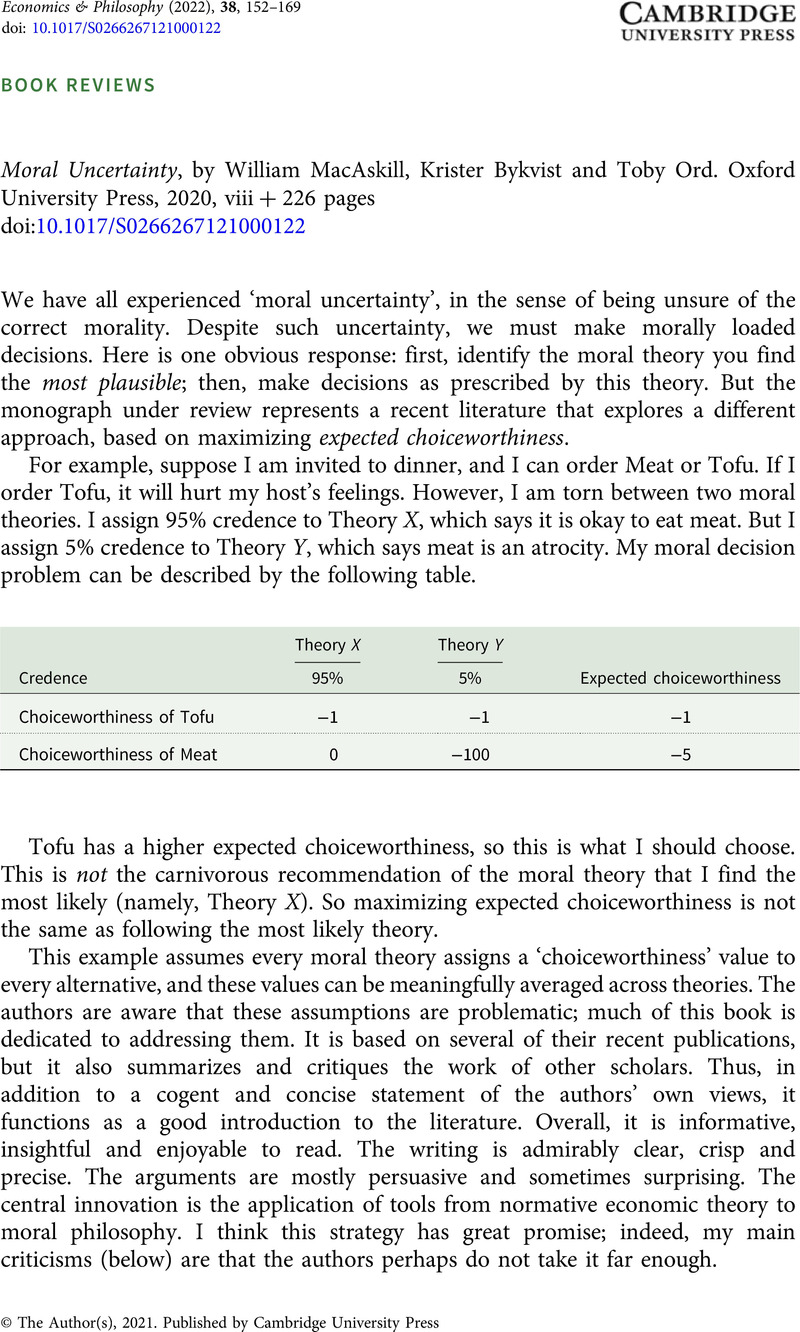Crossref Citations
This article has been cited by the following publications. This list is generated based on data provided by Crossref.
Gustafsson, Johan E.
2022.
Second Thoughts About My Favourite Theory.
Pacific Philosophical Quarterly,
Vol. 103,
Issue. 3,
p.
448.






